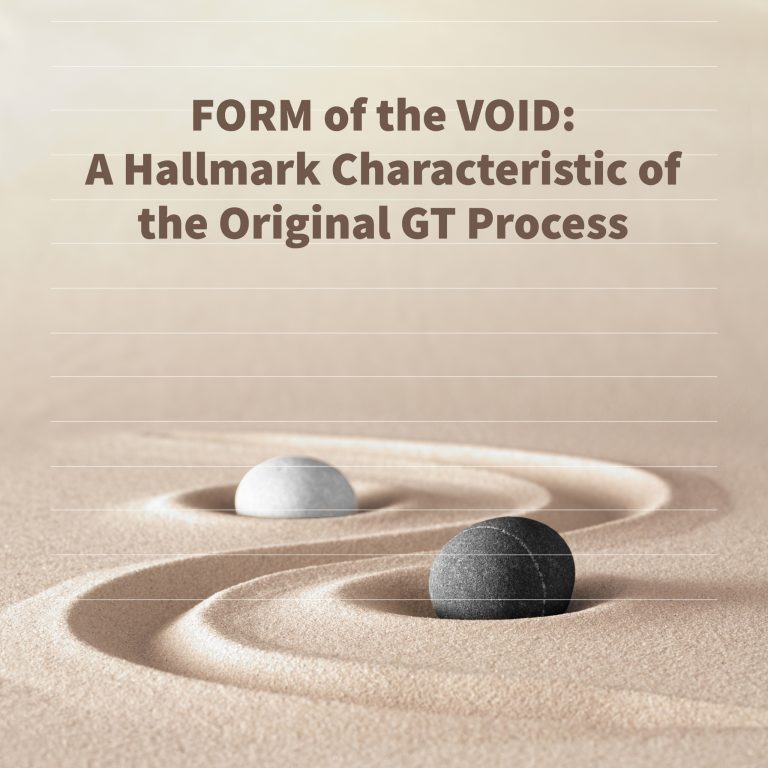
What follows is a commentary revolving around the built-in seminar ‘free’ or ‘in-between’ times that is customarily found in a Great Seminar whether for faculty, staff, administrators, and/or an entire collegial institution. This time has always been a hallmark of GT seminars as David Gottshall originally designed the process. As he used to say, it "flies in the face of logic" to have an in-between time with nothing scheduled. The thought of seemingly having nothing to do does initially appear to be wasted time. Some people use the time wisely; others may not. But that's not the point.
The deeper, elemental aspect of this condition of 'nothing' that took me years to understand is that it provides an opportunity for people to experience and individualize the importance of doing something by doing nothing. It's not about the time itself. It's about providing a conceptual, physical, and applied framework for personal and professional growth. This applies to all seminar demographic groups within academia. As a result, the analogies and corollaries for organizational growth are endless.
Because the NOTHING is actually SOMETHING and it's NOT FREE
Before David stopped doing seminars he actually changed the presentation of the unscheduled time to 'in-between' time instead of 'free' time (which he used for most of his GT seminar work) because the NOTHING is actually SOMETHING and it's NOT FREE. It's one of the most fundamental precepts he pursued his entire life in his own classroom teaching and personal life. Here's another blog post I wrote last year about the VOID and its quintessential nature and use in a Great Seminar.
David's go-to script for this deeper philosophical meaning of the void was Chapter 11 of the Tao. His go-to, 3D physical metaphor was the bowl. In my mind, the Tao, the bowl, concept of the void, and the extended in-between seminar times are all metaphysical representations of the same thing. In our Western culture of academic practice, we simply do not use or fully grasp the power of the void.
In terms of seminar leadership, it is incumbent for the seminar conductor to not only demonstrate the purpose and function of the VOID with the seminar process itself, but periodically and intentionally subtly suggest its presence (or lack thereof) through metaphor and story. So the setup begins from the very first night of the seminar because of its importance and value. It becomes an experiential element of the VOID itself.
Examples of Nothing in a Great Seminar
- The 'Un-Paper' (a focus on what participants didn't know that they should bring)
- Y'all Jump Up (always finishing at 3 pm - THE daily gateway to the unplanned)
- The absence of any instruction on how to complete an assigned small group activity
- Unscripted time windows for participants to individualize their seminar experience
- No pre-developed seminar agenda
- GT bedtime story (end of the first evening): In the beginning there was nothing. And God said, "Let there be light!". And there was still nothing, but at least you could see it.
- Thoughtful use of the 'unused' meeting space
- Redaction of you might have said (pre seminar meta-thought)
- No pre-distributed seminar schedules
- Rigid, minimal seminar structure (the value of what's NOT there which is allowed and realized by the minimal of what is there
- Opportunities for individual and interpersonal silence at the seminar venue (part of a good site selection process)
- No on-site experts
- Non participation function of seminar staff
- A seminar VOID of technology (except in a Great Online Teachers Seminar)
- A point of understanding the absence / presence of artificially, defined limitations
- The acknowledgement of how in the seminar we do relatively little so a lot can happen